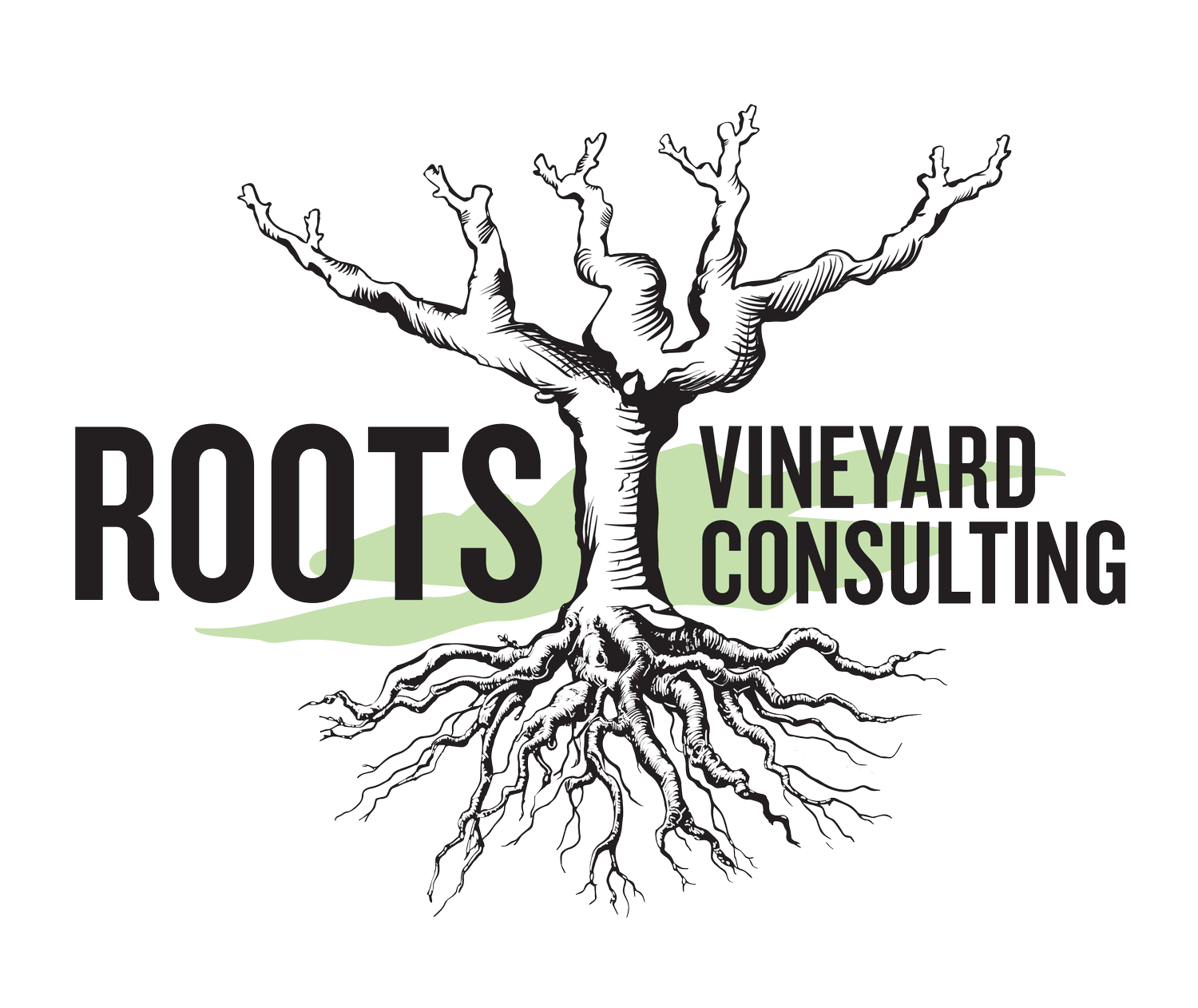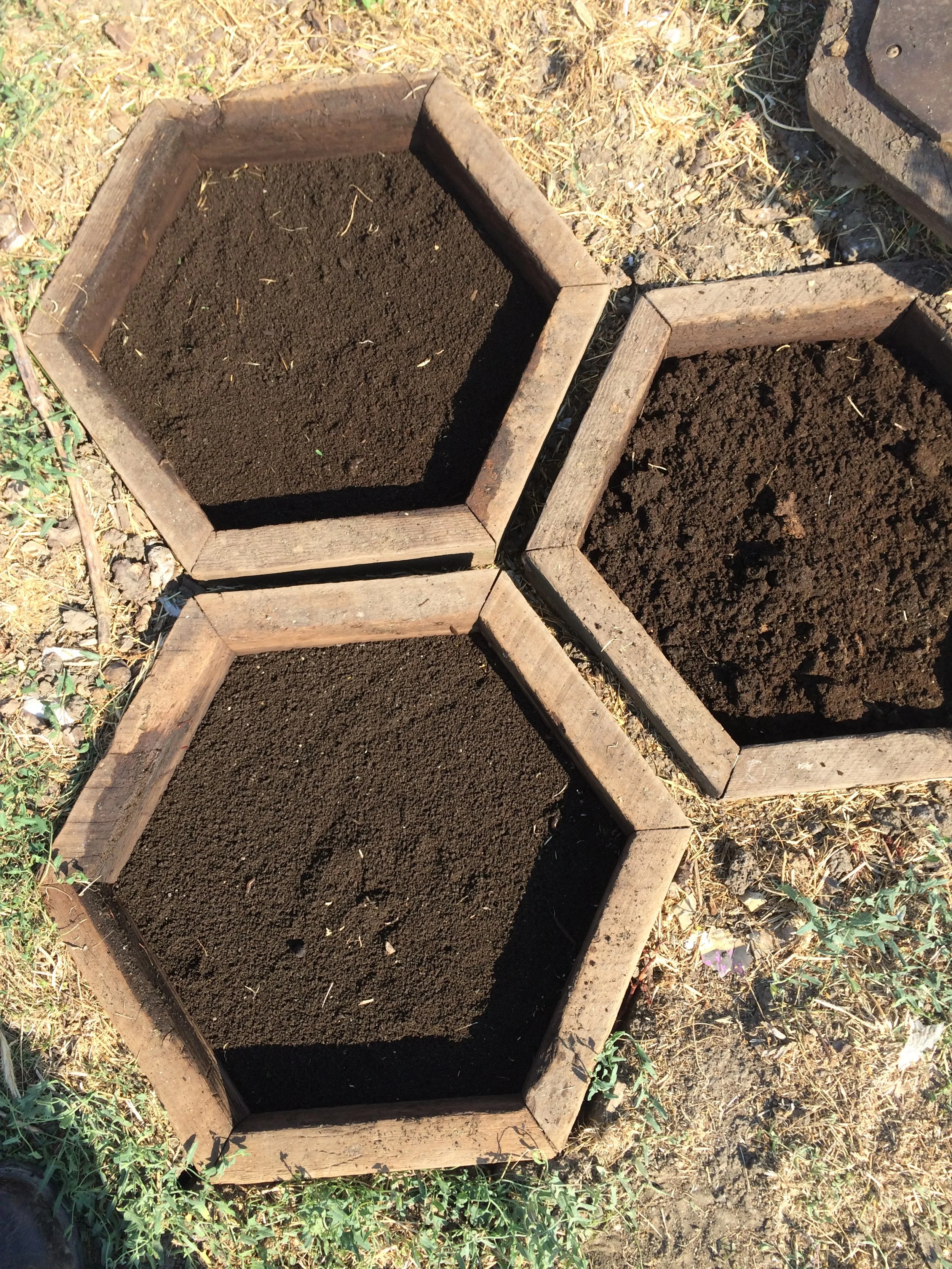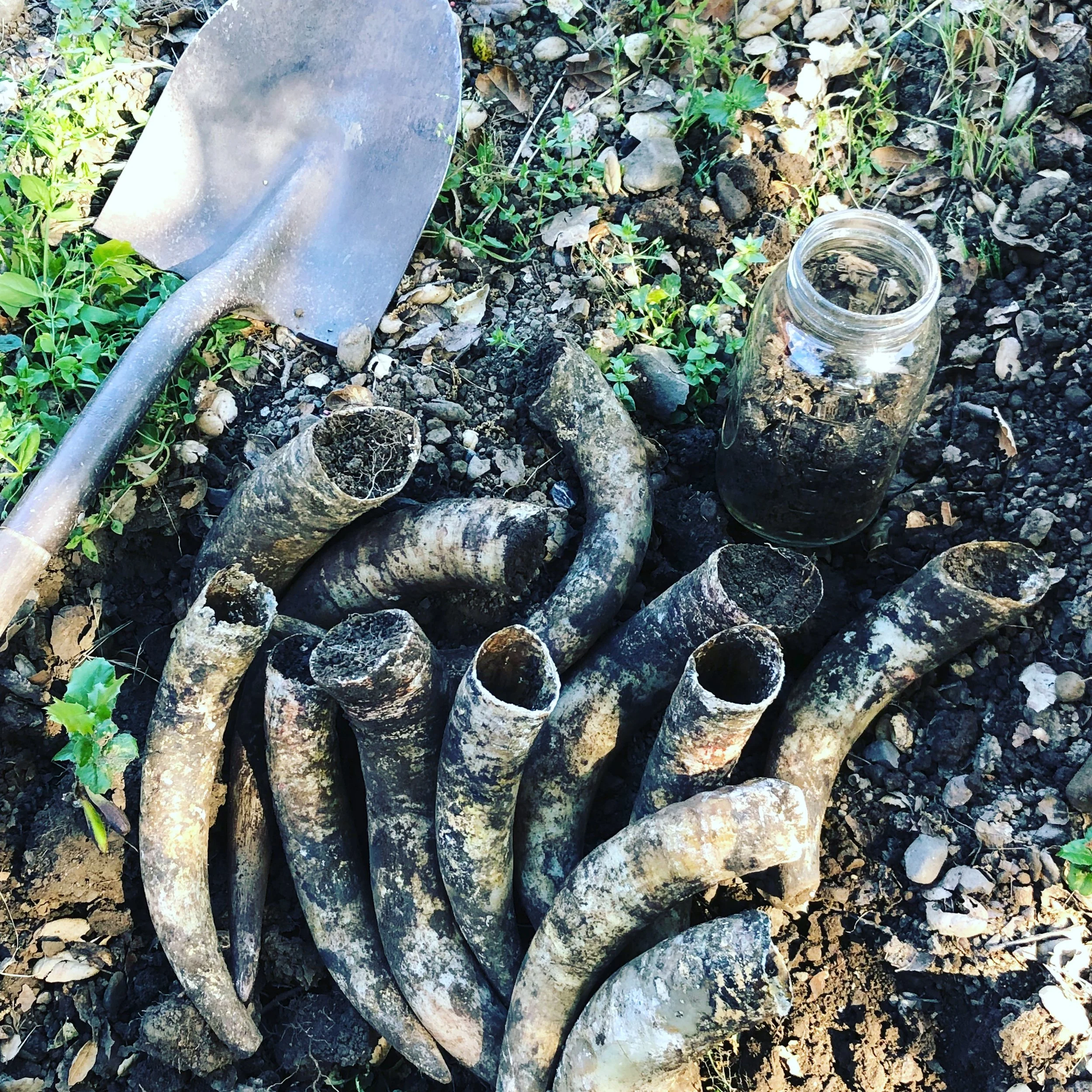What is Biodynamic Farming?
This farming philosophy is a practical extension of nature’s already present processes: organic matter production, decomposition, soil structure transformation, plant and root development, and photosynthesis.
Origin
and History
Biodynamic farming finds its roots in traditional farming. The origins are very ancient. The ‘biodynamic movement’ and the term itself arose in the early 20th century.
Considered the ‘father of biodynamics,’ Rudolf Steiner (1861-1925) was approached by a group of concerned farmers in Germany starting in 1914. They were noticing a steady decline in soil fertility, seed germination, farm animal health and crop quality. Steiner spent years researching old agricultural texts, studying traditional practices that had been abandoned. Steiner sorted, accumulated and presented this traditional agriculture information culminating in a series of lectures in 1924. The Agriculture Course is now considered the foundation of the modern biodynamic farming movement. Steiner died 9 months later. Where would biodynamics be today if Steiner had lived another 20 years to develop this farming system?
This farming philosophy is a practical extension of nature’s already present processes: organic matter production, decomposition, soil structure transformation, plant and root development, and photosynthesis through farming practices and the use of preparations.
A mindset shift helps to understand biodynamic and traditional farming. Biodynamic systems are specifically designed to feed soil so the vines can thrive without the use of conventional chemicals. Biodynamics emphasizes sustainability and closing the loop—limiting off-site inputs as much as possible. Keeping an open mind helps too.
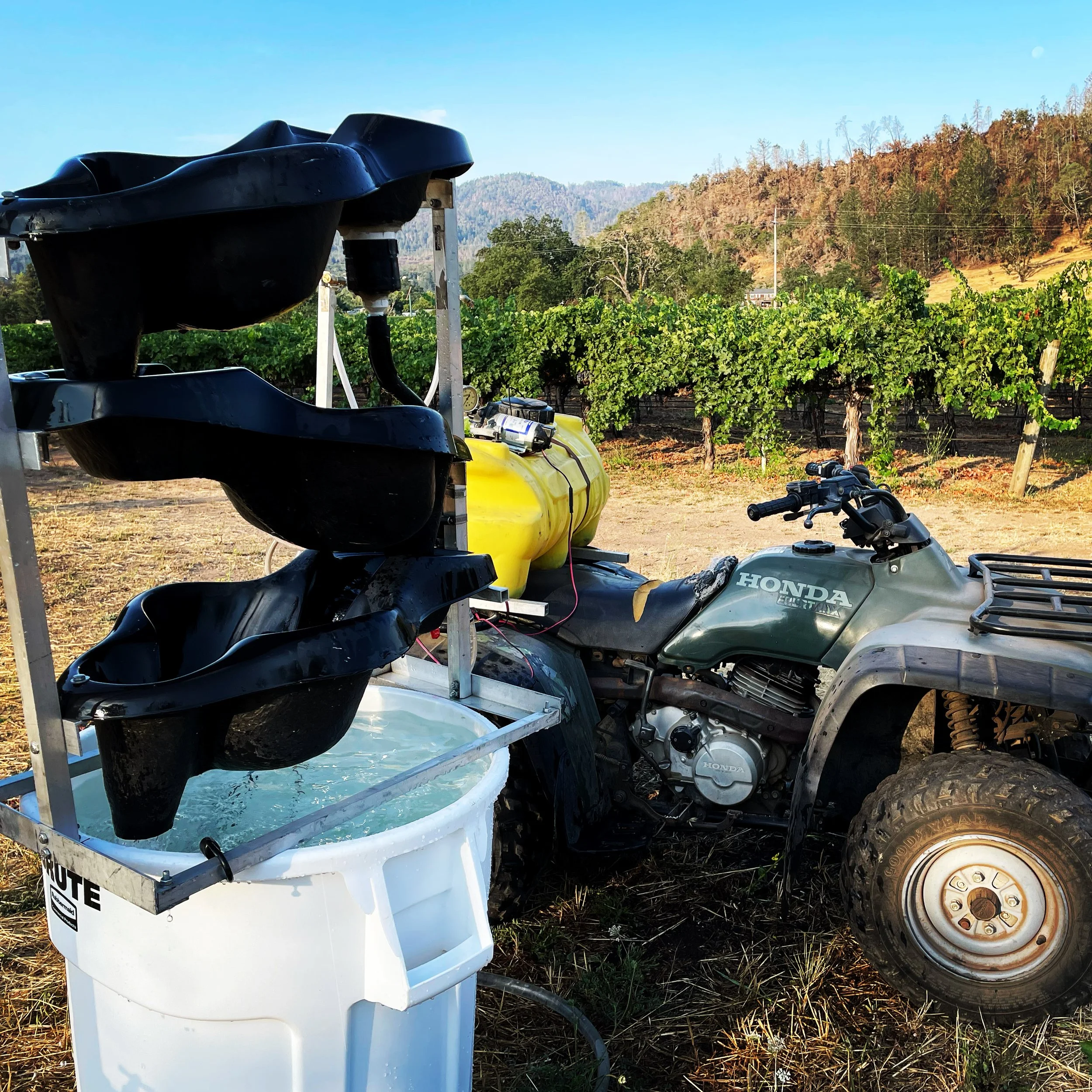
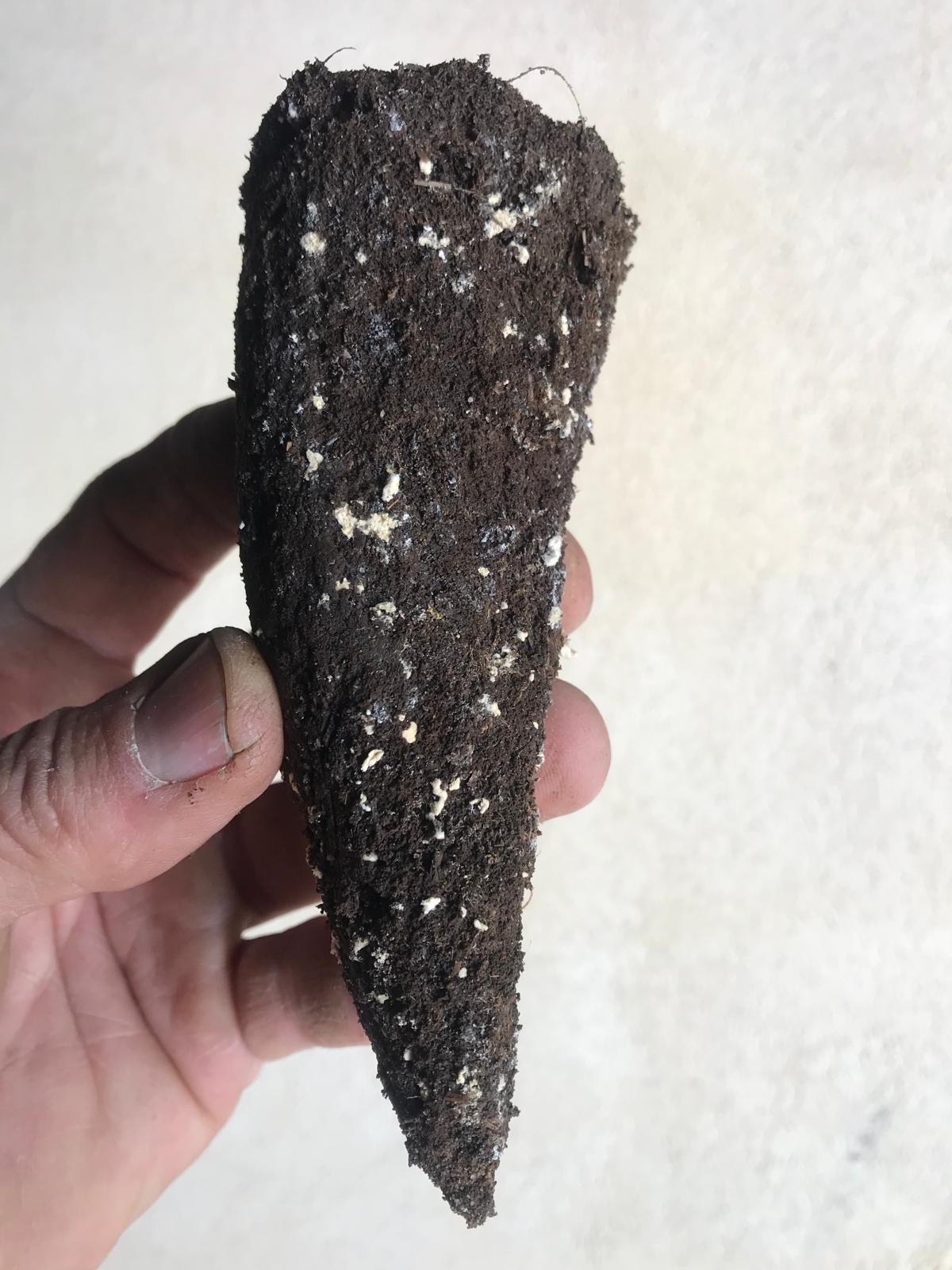
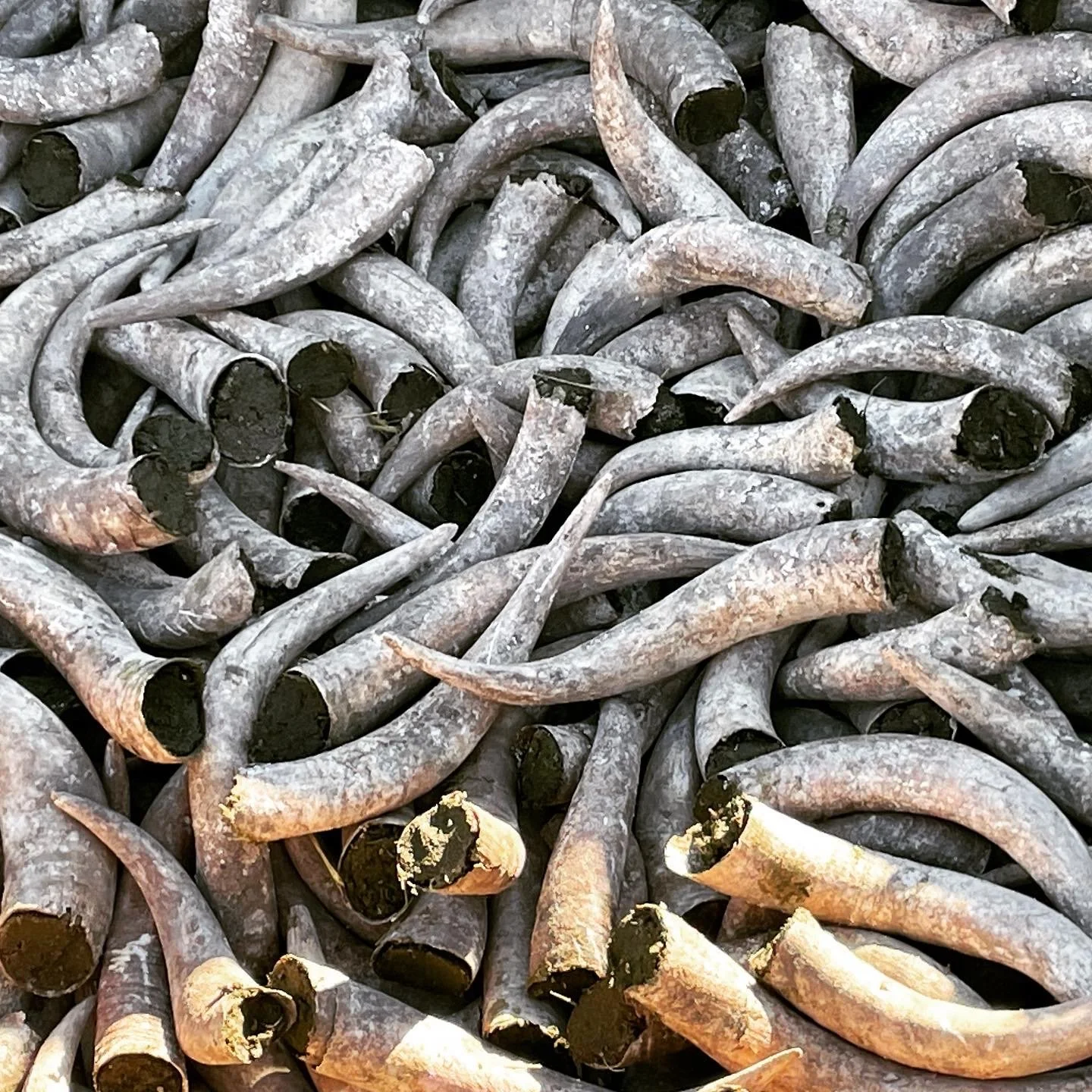

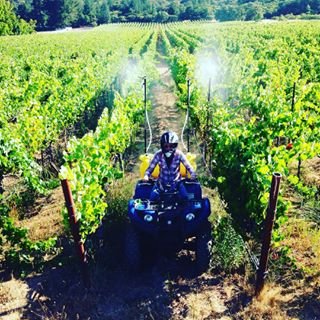

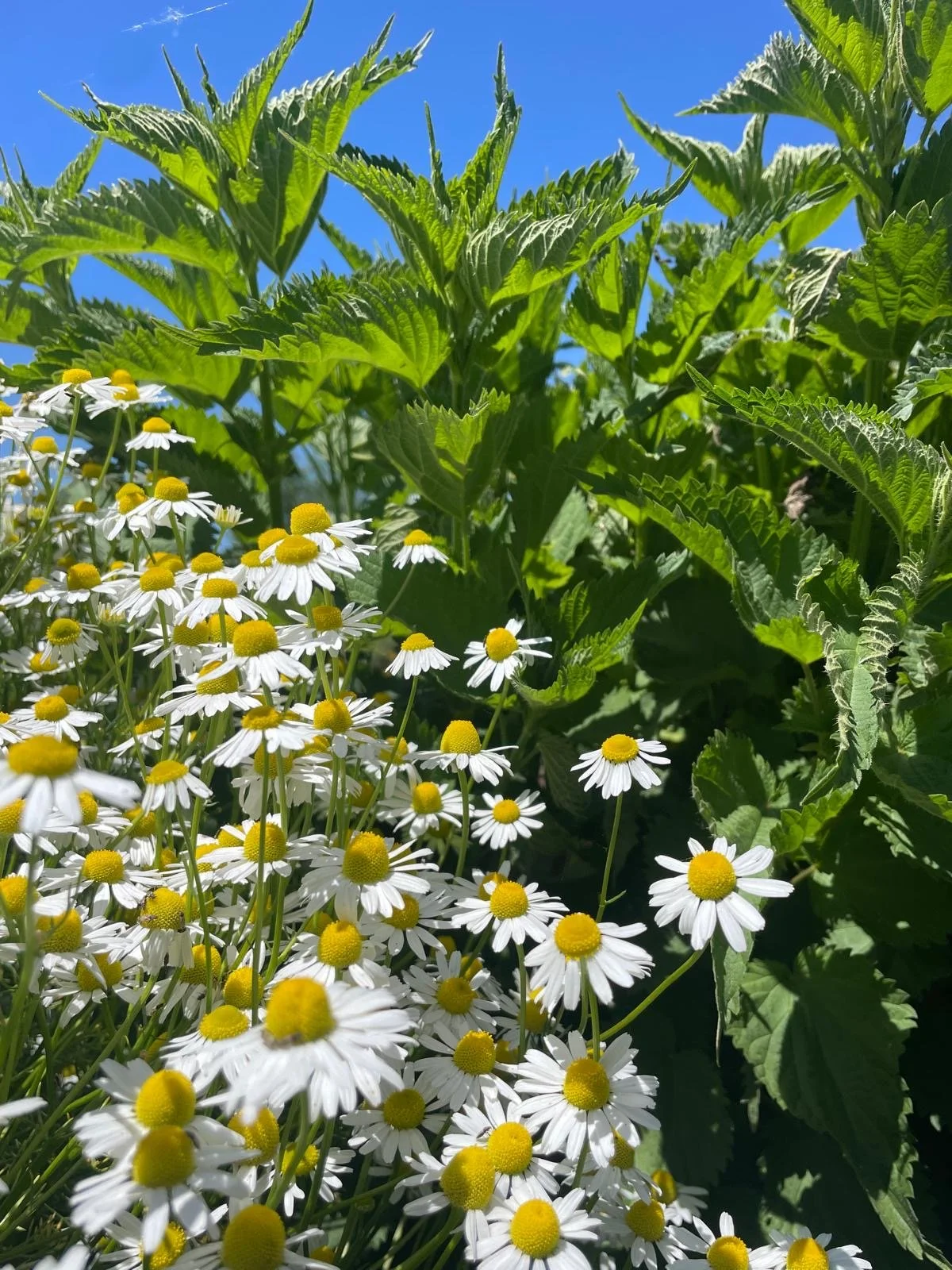
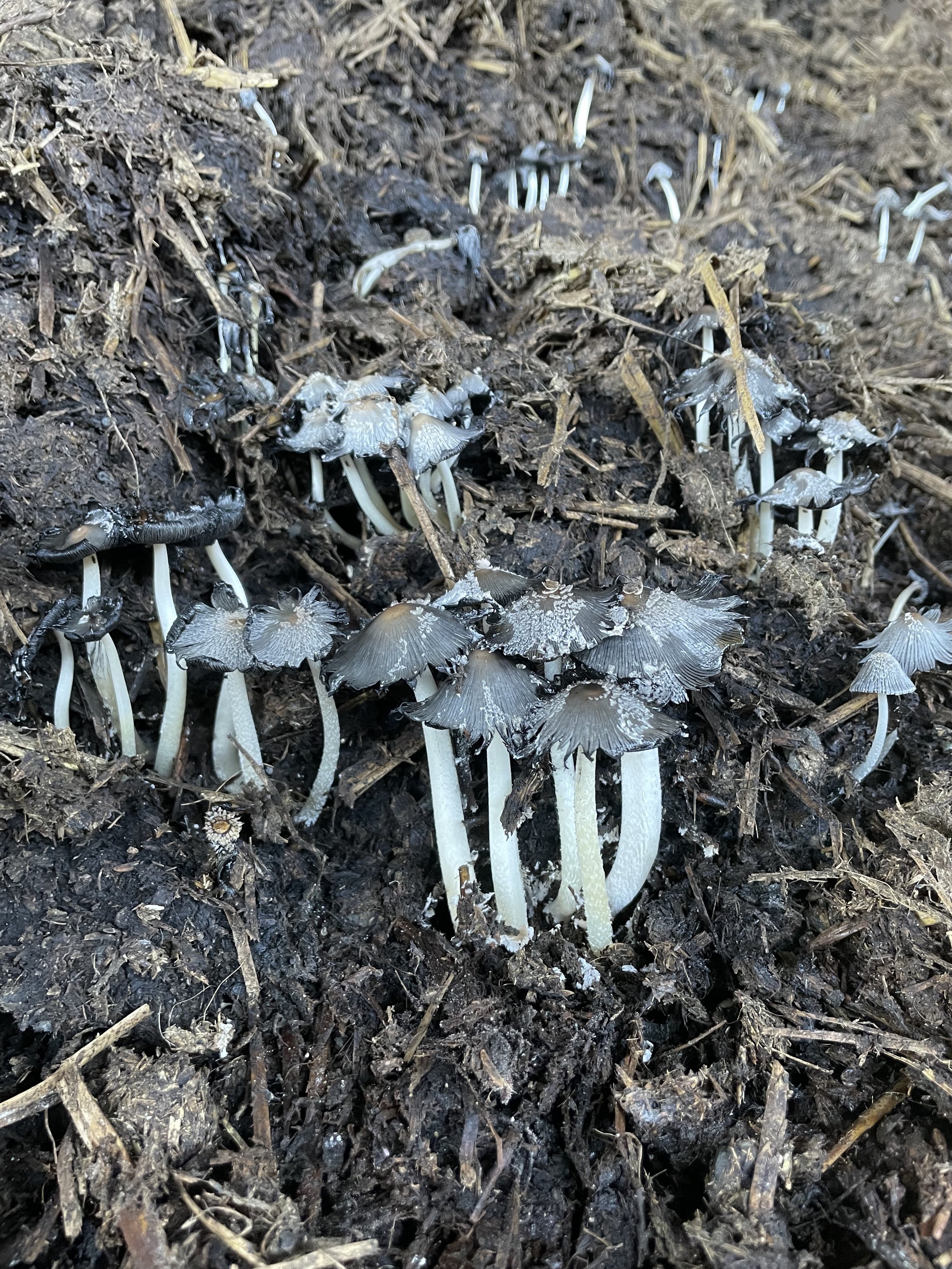
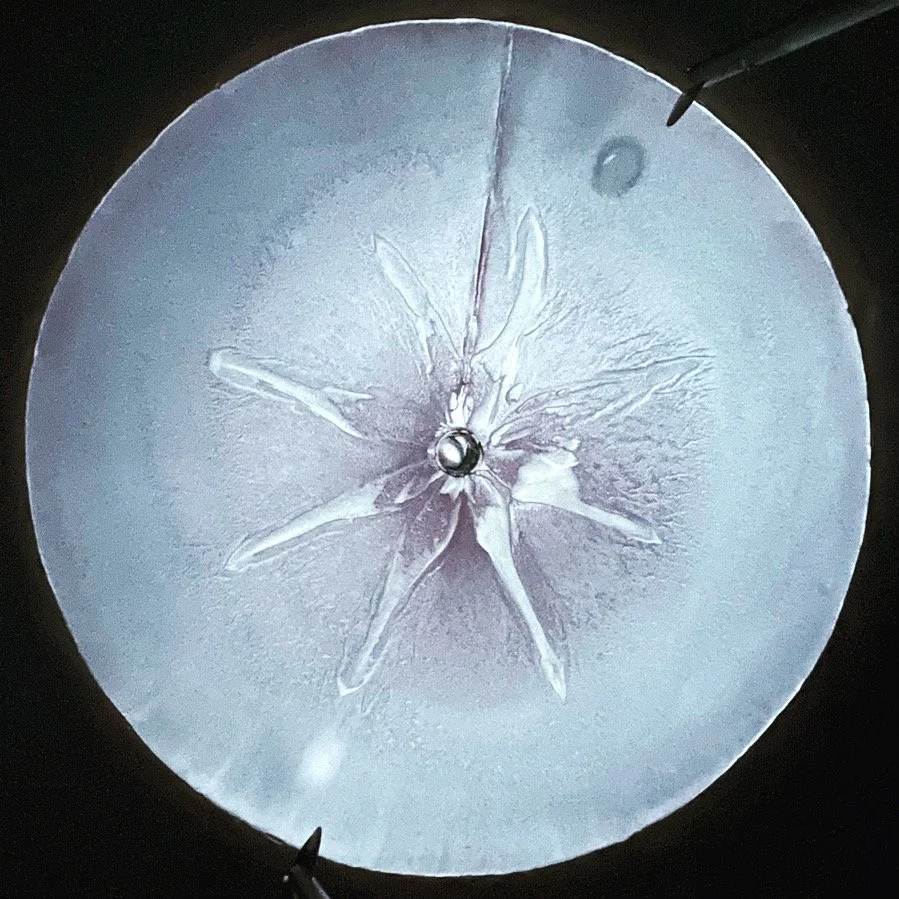

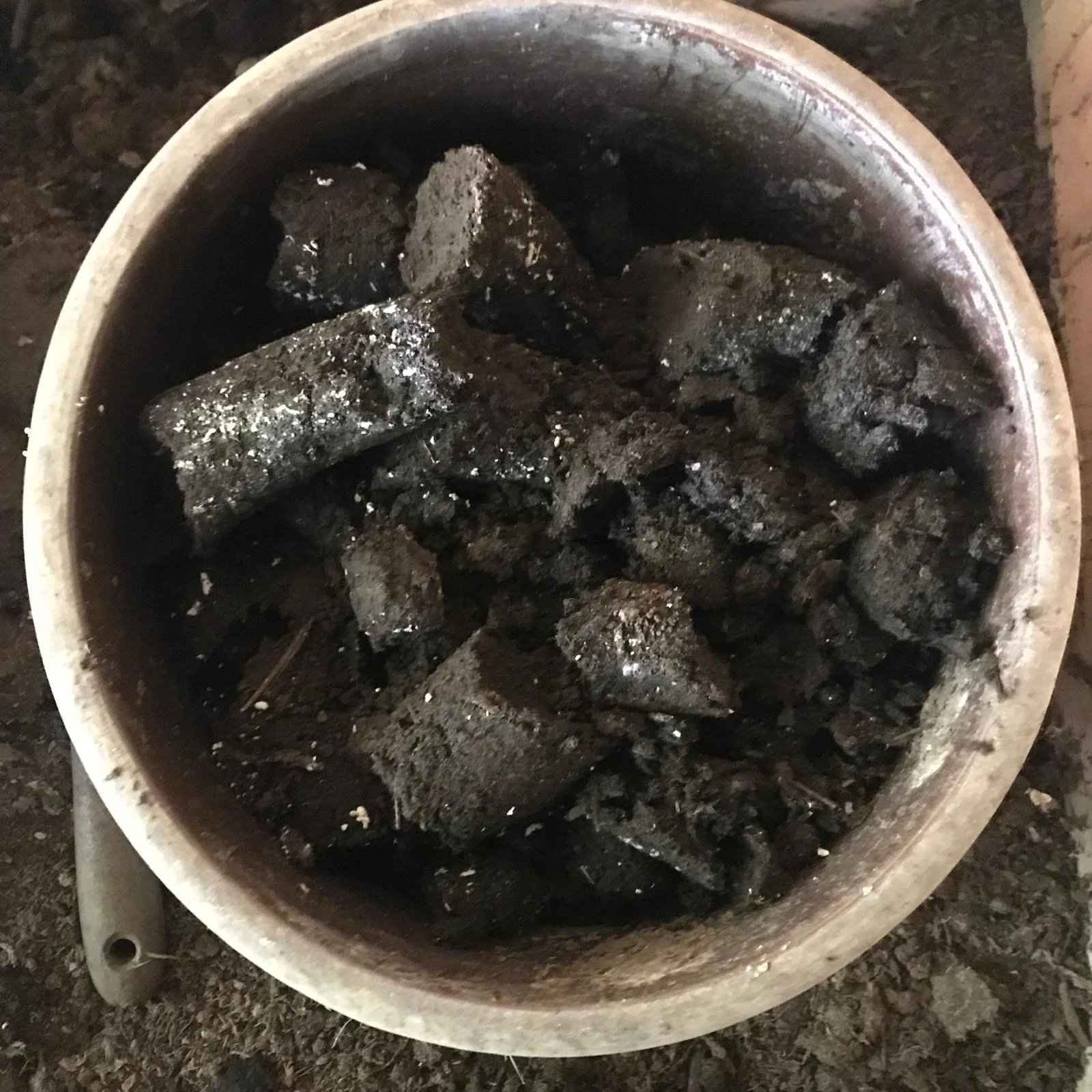

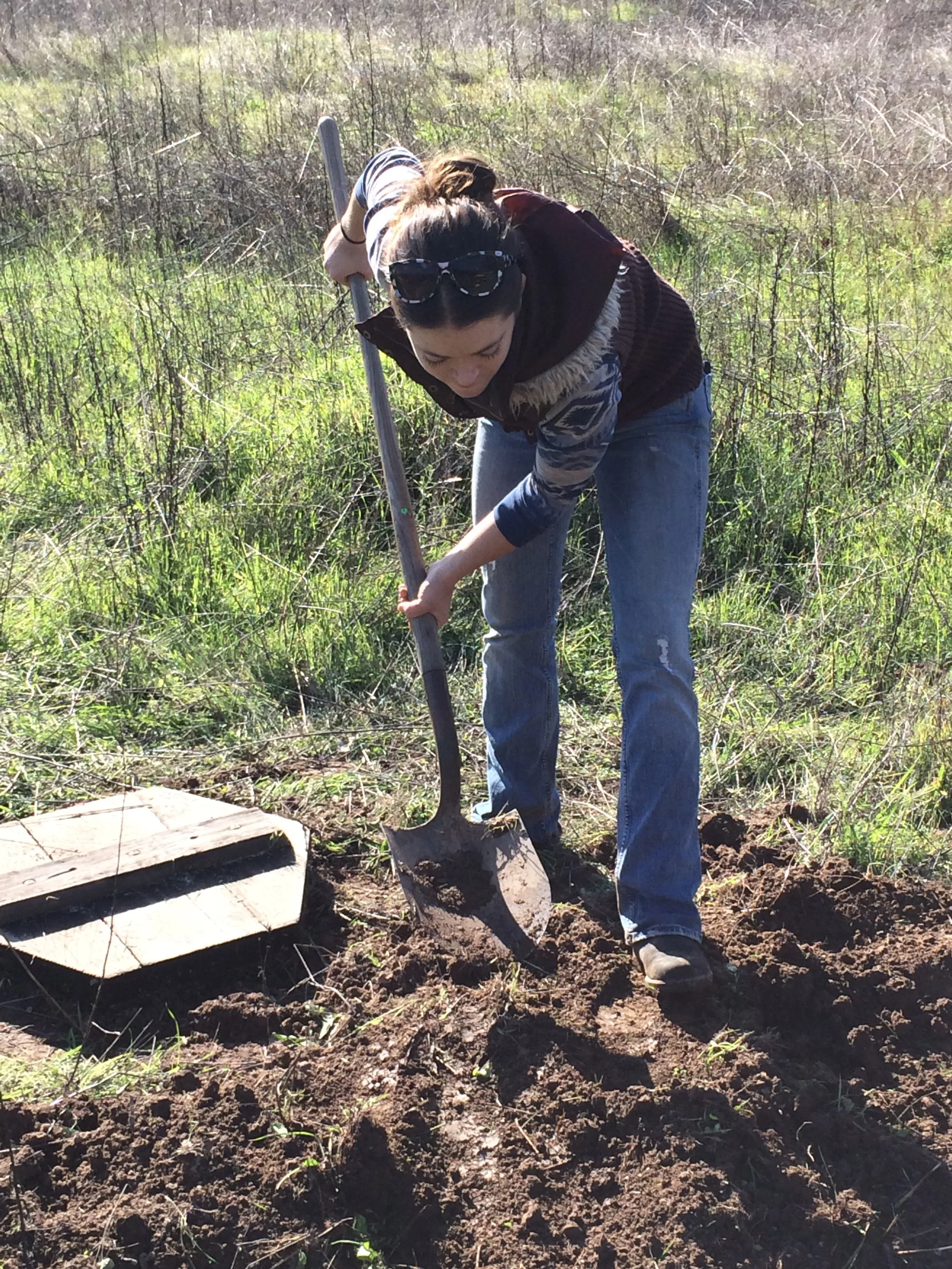

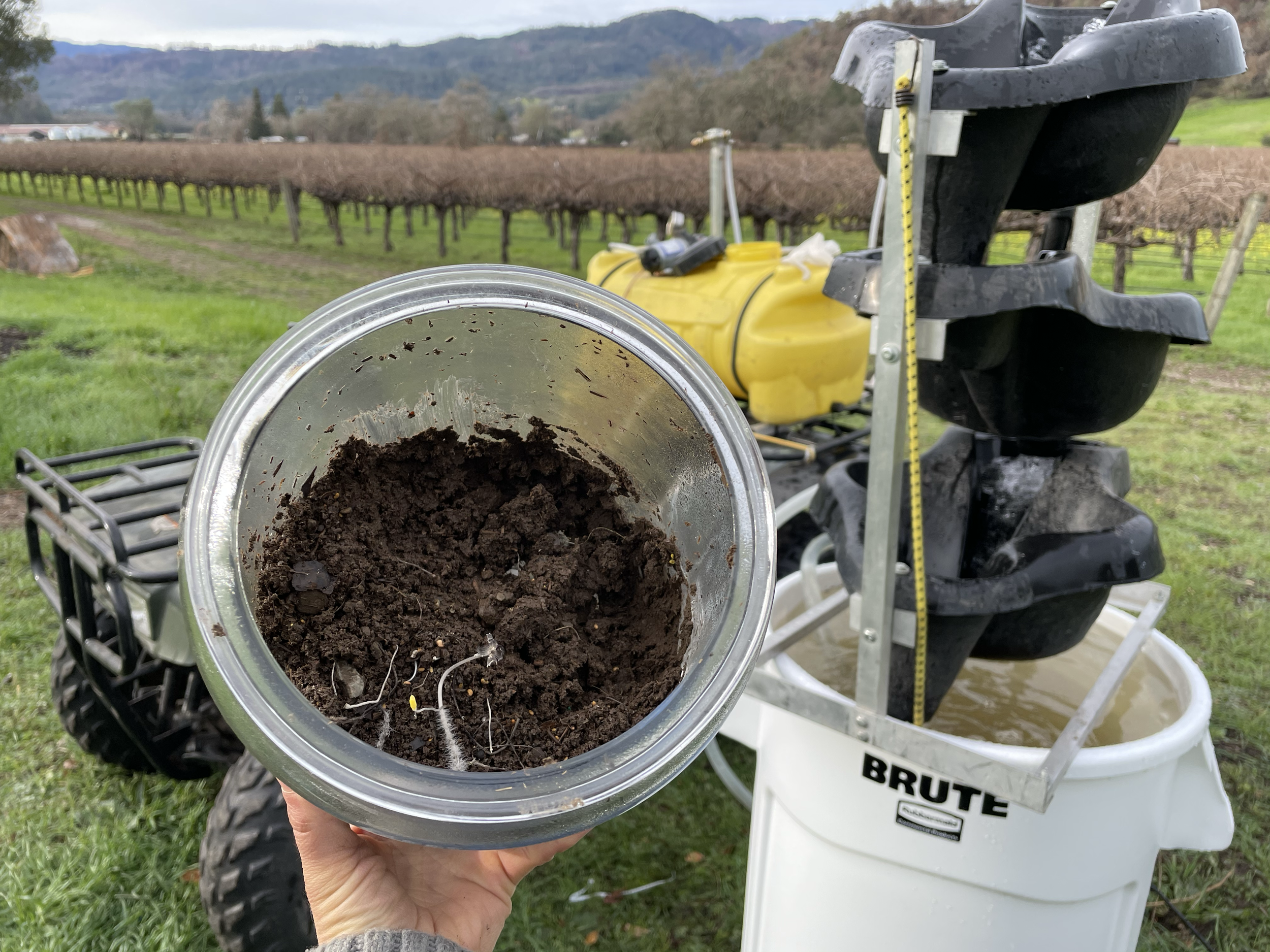
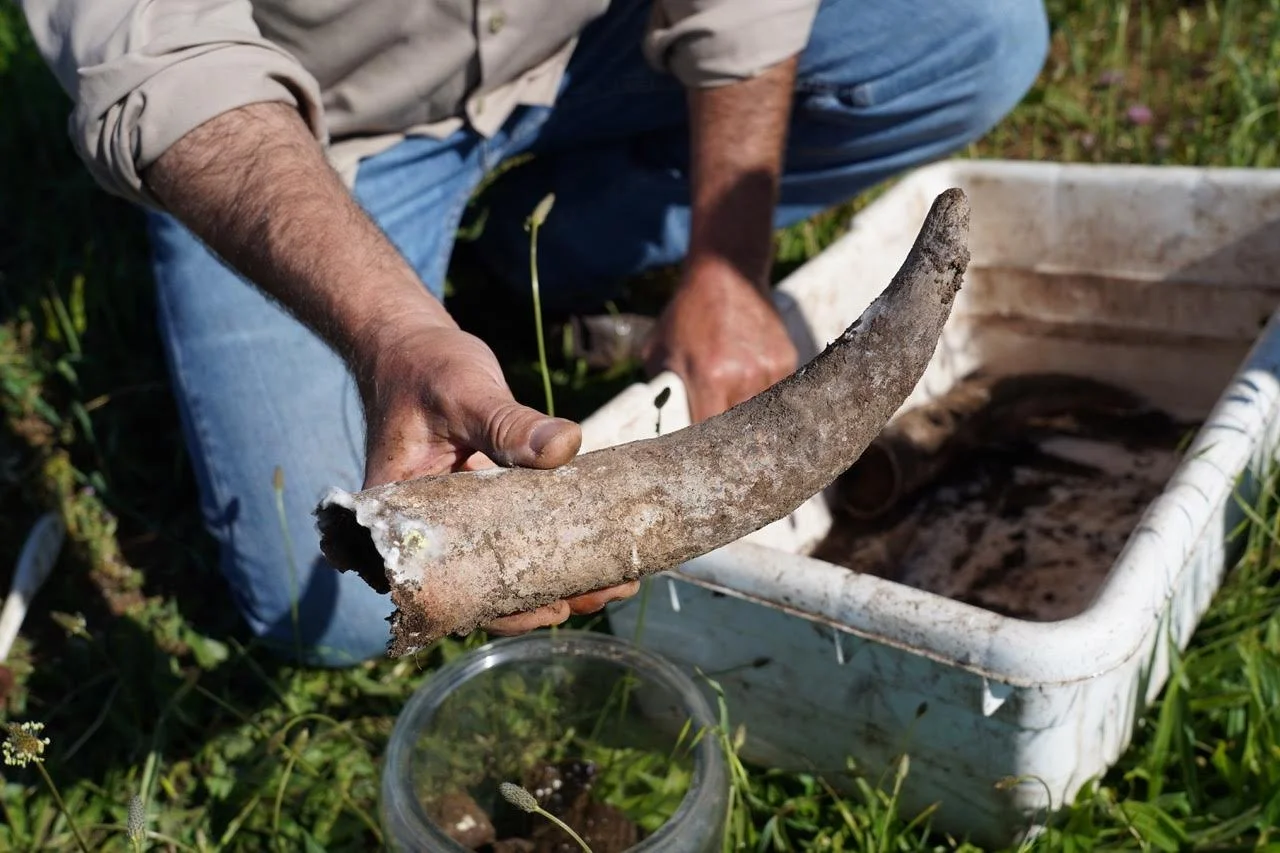
Biodynamic Preparations
#500
Propagates and inoculates soil with its own microorganisms (bacteria, fungi). These microbes create organic matter and a soil rich in plant available nutrients. Builds soil structure, promotes root growth and feeds the soil after producing a crop.
#501
Silica acts as a great balancer, bringing vines into equilibrium by stimulating the plant’s ability to self-regulate photosynthesis. Moderates vine vigor. Enhances plant processes— vegetative growth, cluster development, and ripening. Makes plants resistant to mildew and botrytis by reducing humidity.
#502 – #507
Preparations 502 to 507 go into the compost. They are made from plants that medicinally aid digestion in humans and animals. Together they revitalize the compost and work in synergy with each other. Enhances transformation and digestion of the pile during the composting process.
#508
Made from esquisetum (horsetail). Enhances plant resistance to fungal diseases and pathogens.
Barrel Compost
Made with cow manure, eggshells, basalt, and preparations 502 –507. Benefits: provides essential nutrients, inoculates and stimulates localized microorganisms, helps decomposition of organic matter and formation of humus. Complimentary to preparation #500. Developed by Maria Thun.
Compost
Food for your land. Each year we harvest a crop, exporting essential nutrients and minerals from the soil. Feeding the soil is the primary philosophy of traditional, regenerative and biodynamic agriculture. Not all compost is created equal; quality varies widely among producers.
The timing of operations in the appropriate season is far more important than being absolute about the calendar.
— Philippe Coderey
Biodynamic Calendar
Ancient civilizations developed agriculture around complex calendar systems. The understanding of cycles and their influence on farming was common knowledge, passed down through generations. In the modern era, this know-how has faded as farmers rely more on technology.
The lunar farming calendar developed by Maria Thun was first published in 1962. After years of research, Maria Thun found that for specific crops, the timing of planting and other key farming tasks performed during particular times yielded different results. It has since been used for decades by farmers around the world.
The calendar was originally designed for growing annual crops like vegetables. Vines are perennials and don’t respond the same way annual plants do. This has led to a lot of confusion and misuse of the calendar in vineyards.
Our approach to the calendar is practical and can be implemented easily into any farm system.
